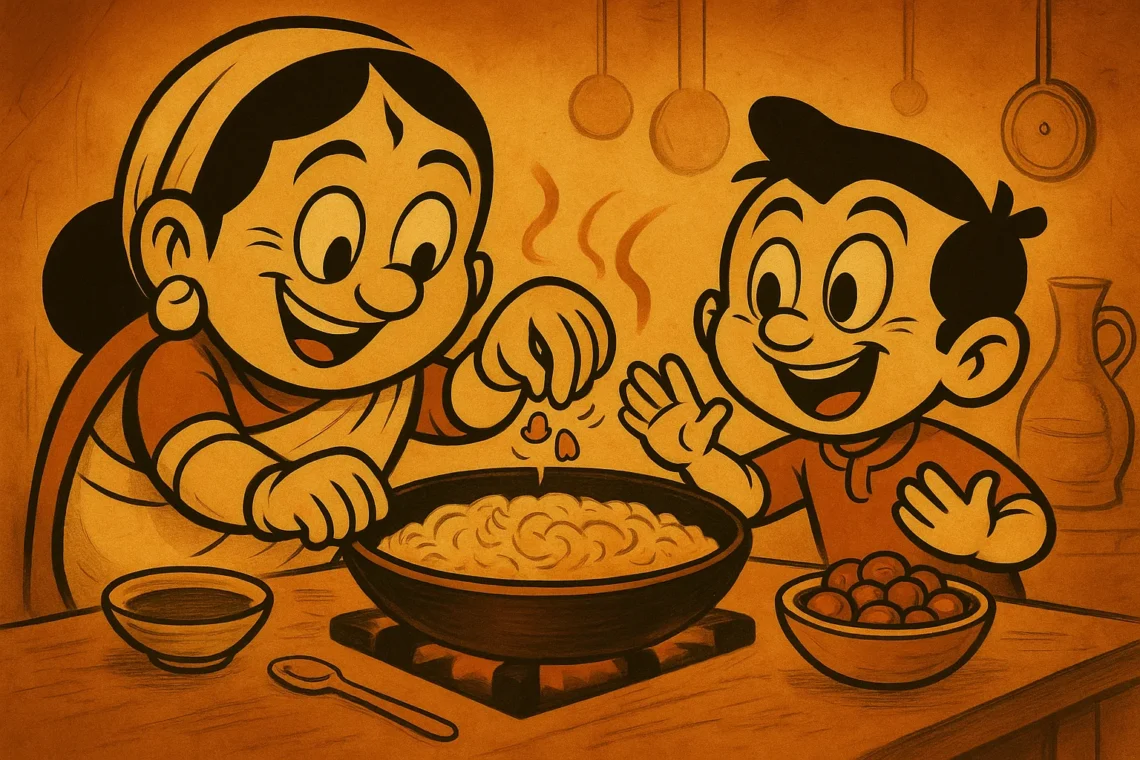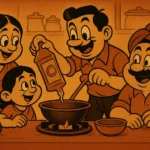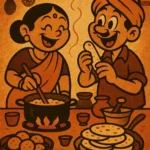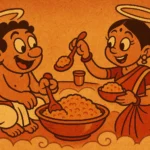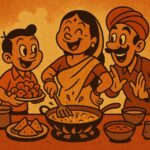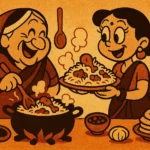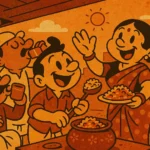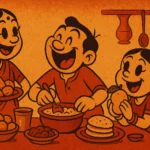In the sprawling, chaotic, and delightful world of Indian food, there’s something quietly profound about the combination of textures. We’re not just about layering flavors; we’re about layering experiences. And one of the most delightful examples of this is the humble poha—flattened rice—where one unexpected ingredient, the peanut, elevates a soft dish into a textural masterpiece.
Let me take you back to mornings in Mumbai, when the scent of poha frying in a hot pan would wake me up. But it wasn’t just the aroma—it was the sound. That slight crackle as the peanuts hit the sizzling oil, followed by the crisp crunch that added an unexpected layer to an otherwise soft, smooth dish. The first bite would always contain that magic moment when the peanut brought everything together—its crunch interrupting the softness of the rice, giving it both life and substance. And that moment—when you bite into the peanut and everything feels right in the world—is a quintessential part of poha for me. It’s a tiny surprise in an otherwise calm meal. It’s what makes this dish unforgettable.
The Power of Contrast in Indian Cuisine
What makes this combination of peanuts and poha so special isn’t just the crunch; it’s the contrast. Indian cuisine is full of contradictions. Sweet and sour, spicy and cool, crunchy and soft. And when you really think about it, contrast is at the heart of what makes so many dishes so exciting. The peanut in poha isn’t just an ingredient—it’s a storyteller, working with the rice to create a perfectly balanced bite.
Think of the many other examples in Indian food: the creamy, yogurt-based raita served alongside spicy biryani; the sweet boondi scattered on top of spicy dal; or the crispy papad served with soft, fragrant pulao. The contrast brings harmony, and it’s this delicate play that has been central to Indian cooking for centuries. Peanuts in poha are just another small but significant example of this genius.
The Role of Peanuts
Peanuts are often seen as the unsung hero of Indian cuisine. They’re not as flashy as, say, almonds or cashews, which often take center stage in festive sweets and rich curries. Instead, peanuts are more of a sidekick—they work quietly in the background, enhancing other flavors without stealing the spotlight. But in poha, they’re there for more than just flavor—they add texture, surprise, and even a bit of nostalgia.
When you think of peanuts in Indian food, they show up in so many forms. From roasted peanuts in chaat to spiced peanuts in dal fry, to the fried peanuts in poha, they’re versatile. They’re accessible, affordable, and a testament to how we can make the simplest of ingredients shine through creativity. What’s remarkable is how peanuts, often seasoned with turmeric, chili powder, and a dash of salt, can transform the texture of a dish. In poha, they’re small enough to give you a surprise bite without overwhelming the dish. A crunchy counterpoint to the soft, delicate flakes of rice.
The Ritual of Crunch
Perhaps the best part of eating poha with peanuts isn’t the taste—it’s the sound. The crisp, satisfying crunch of each peanut is part of the experience. It’s a subtle form of joy, like the satisfying snap of a leaf underfoot or the pop of bubbles in a freshly opened soda can. That moment when you bite into a peanut and it shatters just right, breaking through the softness of the rice, is strangely satisfying. You almost look forward to it. It’s a promise of texture and bite in every spoonful, a moment of contrast that makes the dish feel alive.
Peanuts Beyond the Poha
Of course, peanuts don’t just belong to poha. They’re integral to so many other dishes in Indian cuisine. Take the peanut chutney in Southern India, or mung dal topped with roasted peanuts. Peanuts find their way into curries, snacks, and even sweets. They’re versatile, humble, and above all, comforting. In the world of Indian food, peanuts are the quiet, steadfast companions that make the loud spices of chili and cumin work in harmony.
In my home, peanuts were a constant. They were always there—whether sprinkled in poha, mixed into kacchey kele ki subzi (raw banana curry), or simply roasted and served as a snack. It’s one of those ingredients that you can’t quite define, but you know you’ll always need. Without them, poha would just be rice—good, but missing that essential crunch. They’re like the unsung backup singers in a band—never stealing the spotlight, but without them, the music would be flat.
Finding Joy in Simple Things
As I sit in my kitchen in Austin, preparing poha with the same peanuts that once adorned my mother’s stovetop in Mumbai, I realize that it’s the simple joys of food that make the deepest impact. It’s not the fancy spices or the complex techniques that I remember most, but the quiet moments of contrast—the crunch of peanuts in the softness of rice. It’s a tiny detail, but in Indian cuisine, these small details add up. They give us joy. They make food feel like home. And sometimes, they’re the memories we hold on to, even when the world changes around us.
So, the next time you make poha, don’t skimp on the peanuts. They’re not just there for the crunch—they’re there to remind you that food is a balance, a melody, and sometimes, the most unexpected note is the one that stays with you the longest.
Born in Mumbai, now stir-frying feelings in Texas. Writes about food, memory, and the messy magic in between — mostly to stay hungry, sometimes just to stay sane.

